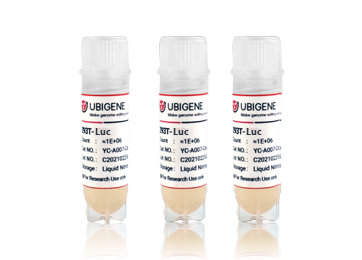Published on: October 29, 2024
Views:
--
Ubigene Product Citation Collection Vol. 1 - Luciferase Cells
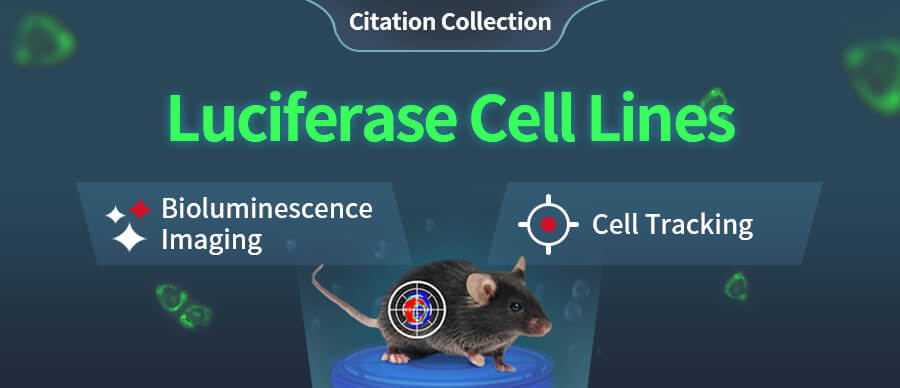
Luciferase cells are one of the star tools in the research field, gaining attention for their outstanding performance in bioluminescence imaging and cell tracking. Since the launch of Ubigene's luciferase cell products, they have won the trust and praise of many customers due to their excellent performance. Today, we have compiled some application examples of luciferase cells from customer publications for your reference.
B16-F10-Luc (Catalog# YC-A011-Luc-P)
| Title |
Adaptive Design of Nanovesicles Overcoming Immunotherapeutic Limitations of Chemotherapeutic Drugs through Poliovirus Receptor Blockade |
| Journal |
ACS nano |
15.8 |
Abstract: The authors developed a novel engineered drug-loaded cell membrane nanovesicle OXA@TIGIT MVs for cancer immunotherapy. This study utilized Ubigene's B16-F10-Luc cell line to monitor cancer onset and progression[1].

Figure 1: B16-F10-Luc cell injection in mice
4T1-Luc (Catalog# YC-B004-Luc-P)
| Title |
Cell surface patching via CXCR4-targeted nanothreads for cancer metastasis inhibition |
| Journal |
Nature Communications |
14.7 |
Abstract: The authors developed a strategy to induce extensive CXCR4 aggregation on the cell surface, effectively inhibiting spontaneous and disseminated metastases. This study employed the mouse breast cancer cell line (4T1-Luc) provided by Ubigene as a pharmacodynamic evaluation model for inhibiting metastatic tumor spread[2].
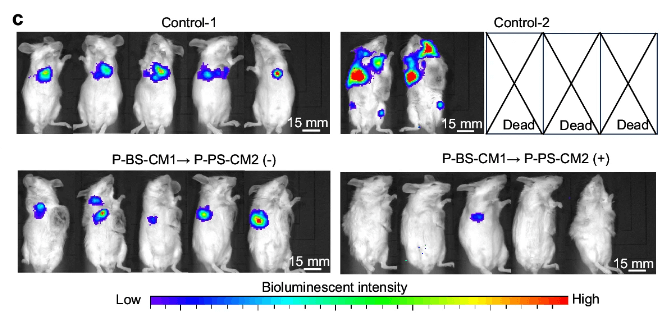
Figure 2: 4T1-Luc cell injection in mice
SNU-387-Luc (Catalog# YC-B001-Luc-P)
| Title |
Vitamin D binding protein (VDBP) hijacks twist1 to inhibit vasculogenic mimicry in hepatocellular carcinoma |
| Journal |
Theranostics |
12.4 |
Abstract: The authors revealed that VDBP exerts antitumor effects in hepatocellular carcinoma (HCC) by inhibiting vasculogenic mimicry (VM) and proposed combining vitamin D with anti-PD-1 therapy as a strategy to enhance the efficacy of immunotherapy. This study used the SNU-387-Luc cell line constructed by Ubigene implanted in immune-deficient mice to evaluate the impact of VDBP knockout on tumor growth and host survival[3].
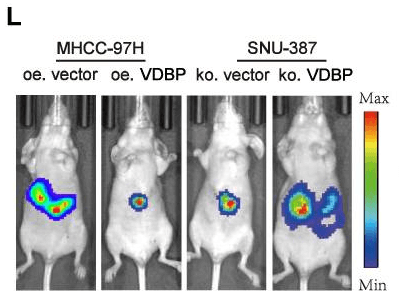
Figure 3: SNU-387-Luc cell injection in BALB/c mice
MC38-Luc (Catalog# YC-A002-Luc-P)
| Title |
Subcutaneous checkpoint inhibition is equivalent to systemic delivery when combined with nelitolimod delivered via pressure-enabled drug delivery for depletion of intrahepatic myeloid-derived suppressor cells and control of liver metastases |
| Journal |
Journal for Immunotherapy of Cancer |
14.7 |
Abstract: The authors used the MC38-Luc cell line constructed by Ubigene to establish a mouse liver metastasis (LM) model. They found that subcutaneous delivery of checkpoint inhibitors (CPI) combined with the PEDD system for delivering nelitolimod (a TLR9 agonist) was as effective in controlling liver tumor development as systemic administration, indicating that this combination may be a reasonable option for treating liver tumors[4].
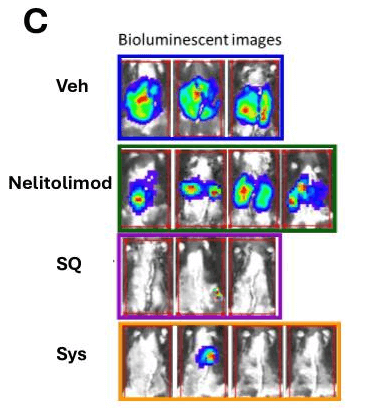
Figure 4: In vivo imaging of mice
CT26.WT-Luc (Catalog# YC-B003-Luc-P)
| Title |
Gas Flow Shaping via Novel Modular Nozzle System (MoNoS) Augments kINPen-Mediated Toxicity and Immunogenicity in Tumor Organoids |
| Journal |
Cancers |
4.5 |
Abstract: The authors developed a new modular nozzle system (MoNoS) to enhance kINPen-mediated tumor organoid toxicity and immunogenicity by altering airflow characteristics. This study utilized the CT26-LUC cell line to assess the effects of the MoNoS system on tumor cell toxicity in vitro and its impact on tumor growth and therapeutic immunogenicity in an in ovo model[5].
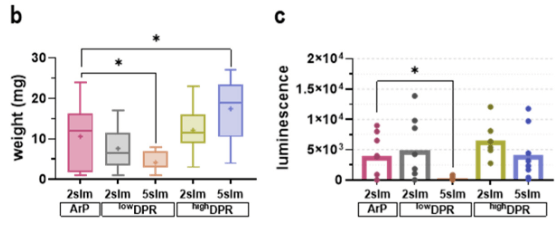
Figure 5: Tumor weight and luminescence intensity under different treatments
Conclusion
Luciferase cells from Ubigene are pivotal in bioluminescence imaging and cell tracking, as evidenced by their successful application in high-impact journals like ACS Nano and Nature Communications. These cells enhance cancer research, providing valuable insights into tumor progression and therapeutic efficacy. For top-tier luciferase cell lines, trust Ubigene for reliable and impactful research tools.
References:
[1] Yu, Yongkang, et al. "Adaptive Design of Nanovesicles Overcoming Immunotherapeutic Limitations of Chemotherapeutic Drugs through Poliovirus Receptor Blockade." ACS nano (2024).
[2] Zhou, Minglu, et al. "Cell surface patching via CXCR4-targeted nanothreads for cancer metastasis inhibition." Nature Communications 15.1 (2024): 2763.
[3] Qin, Lu-ning, et al. "Vitamin D binding protein (VDBP) hijacks twist1 to inhibit vasculogenic mimicry in hepatocellular carcinoma." Theranostics 14.1 (2024): 436.
[4] Ghosh, Chandra C., et al. "Subcutaneous checkpoint inhibition is equivalent to systemic delivery when combined with nelitolimod delivered via pressure-enabled drug delivery for depletion of intrahepatic myeloid-derived suppressor cells and control of liver metastases." Journal for Immunotherapy of Cancer 12.7 (2024).
[5] Julia Berner et al. “Gas Flow Shaping via Novel Modular Nozzle System (MoNoS) Augments kINPen-Mediated Toxicity and Immunogenicity in Tumor Organoids.” Cancers 15041254. 16 Feb. 2023.
 Subscribe Us
Subscribe Us Gene Editing Services
Gene Editing Services
 EZ-editor™
EZ-editor™ Red Cotton Gene knockout Project
Red Cotton Gene knockout Project









